Java Reference
In-Depth Information
public void
restore(Trackable obj) {
for
(
int
i
#
0; i < 3; i
!!
)
towers[i].restore( ((Hanoi)obj).towers[i] );
}
public
Trackable cloneTarget() {
Hanoi clone
#
new
Hanoi();
clone.towers[0]
#
new
Tower();
clone.towers[1]
#
new
Tower();
clone.towers[2]
#
new
Tower();
clone.restore(
this
);
return
clone;
}
}
Class
Game
represents the application's top level. It creates and initializes
the test application and activates the tracking process.
public class
Game {
TrackingConsole console
#
null
;
DrawingArea drawingArea
#
null
;
Hanoi hanoi
#
null
;
public
Game() {
try
{
// activates the tracking process
Tracker.startTracking();
console
#
new
TrackingConsole();
hanoi
#
new
Hanoi();
// registers the Hanoi instance
Tracker.bind(hanoi, "hanoi");
hanoi.init();
drawingArea
#
new
DrawingArea(hanoi);
}
catch
(Exception e) { e.printStackTrace(); }
}
/**Main method*/
public static void
main(String[] args) {
new
Game();
}
}
Figures 18.3(a, b, c) show three snapshots of the graphical user interface
during the tracking process. The right-hand side of each image depicts the
tracking console that allows the user to save a stable state, to restore a saved
stable state, and to redo and undo single operations.

